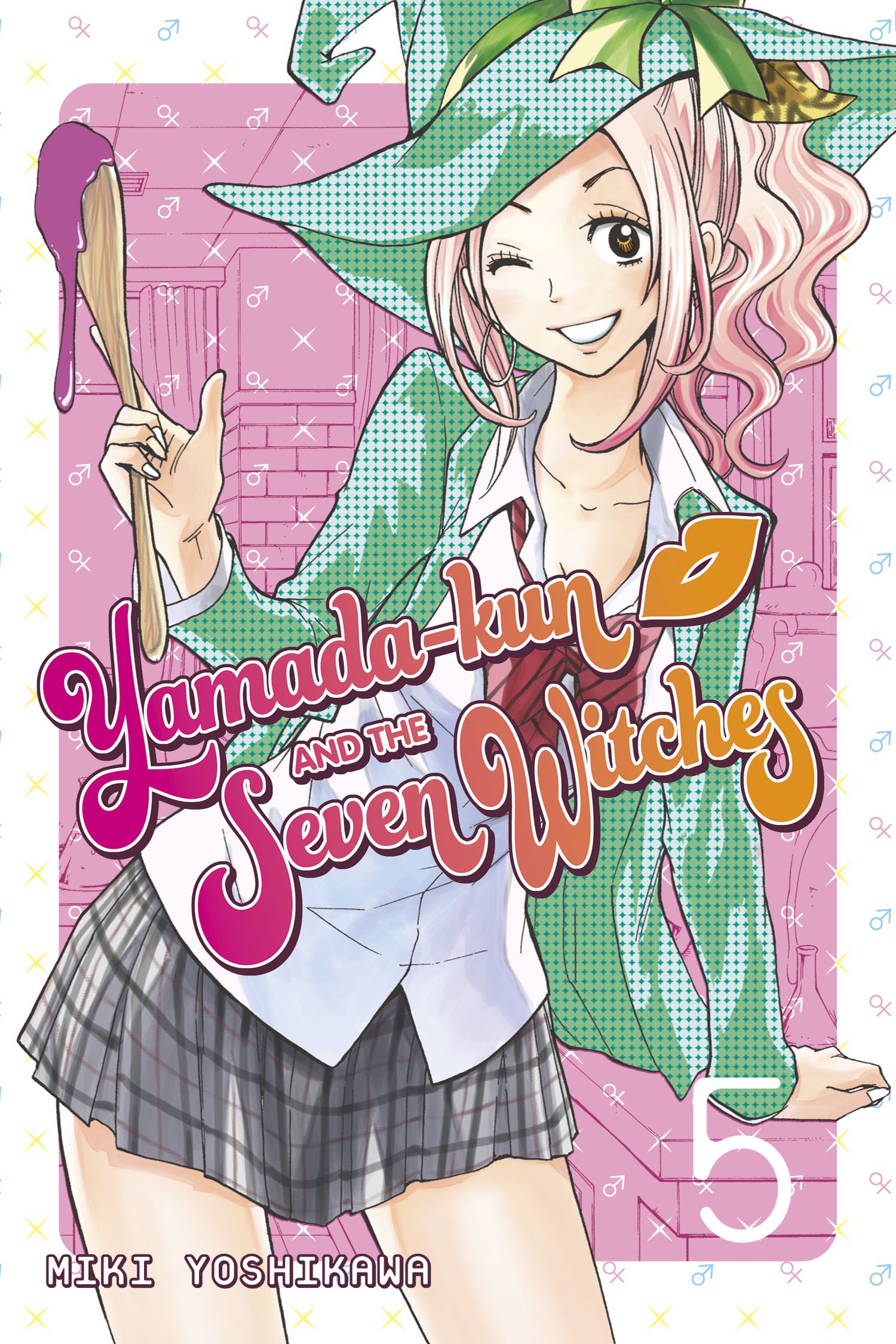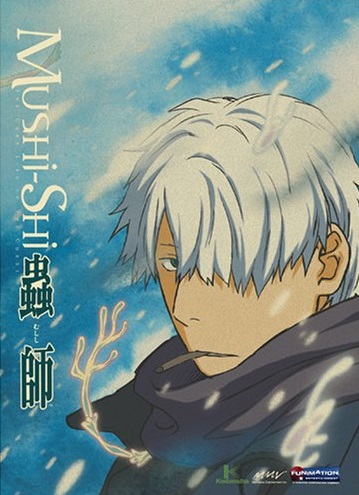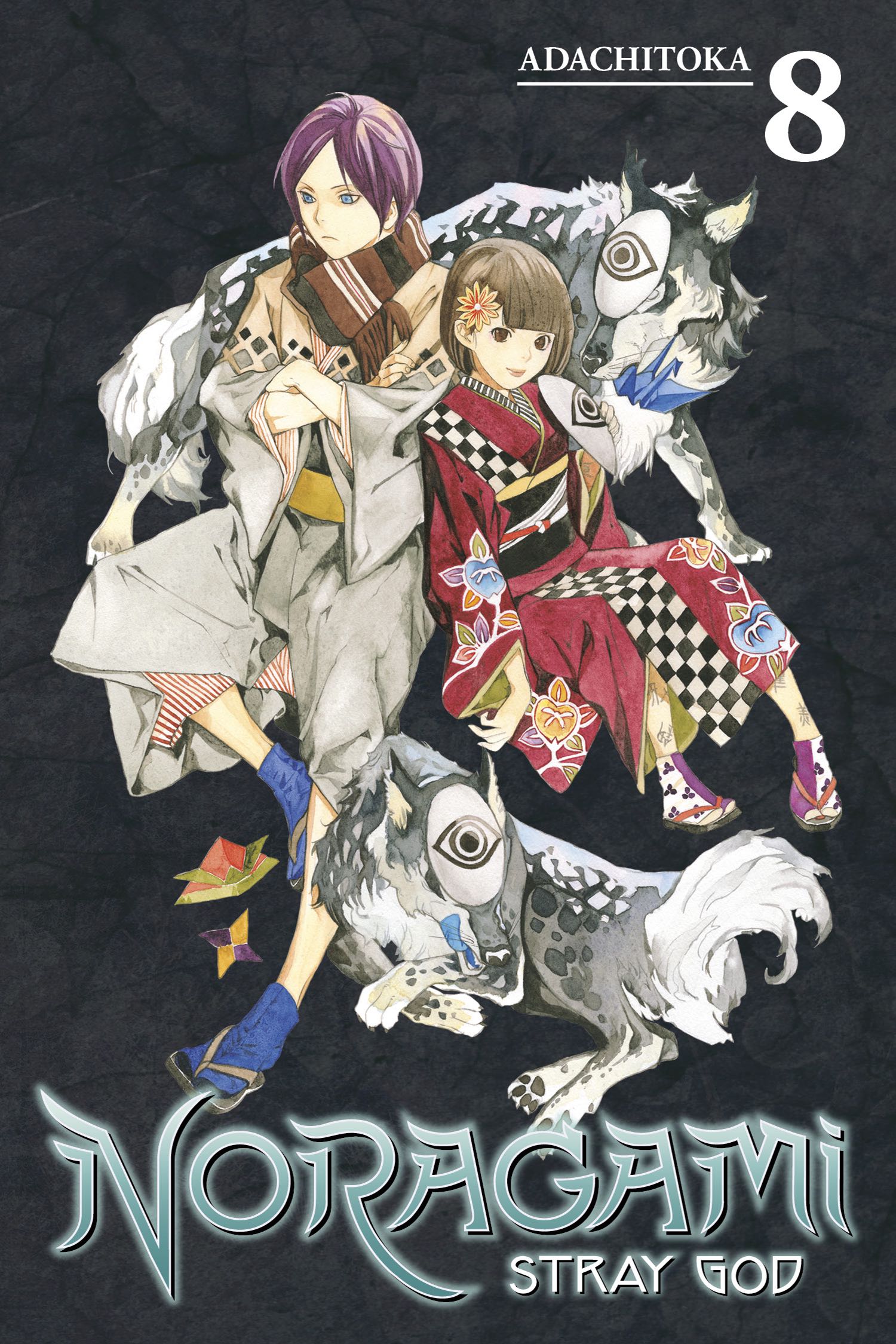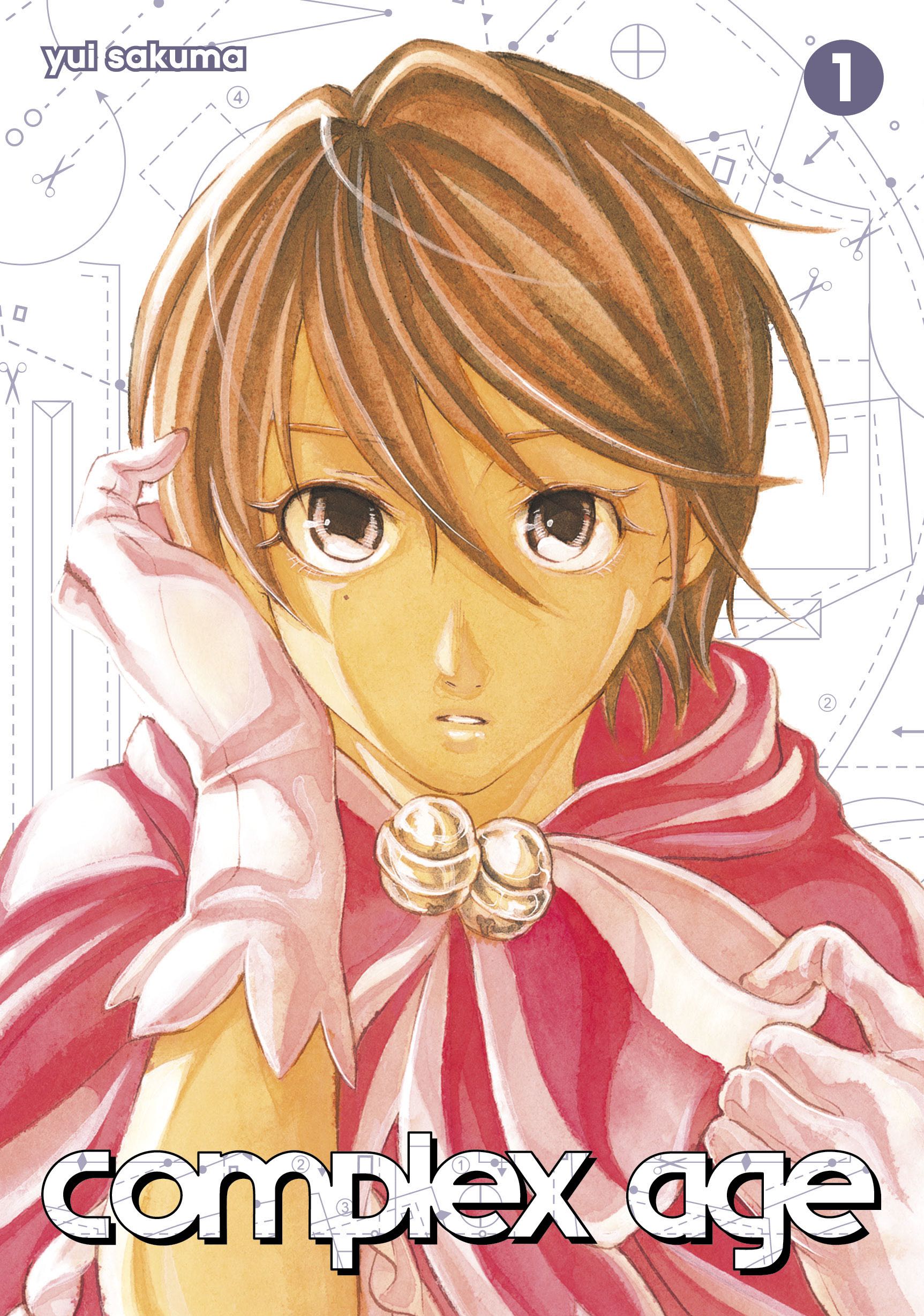My News and Reviews I finally did it! I actually managed to finish a longer, in-depth feature. The first since I announced the need to scale back on my blogging. It's been about a month, the last …
Continue Reading about My Week in Manga: July 11-July 17, 2016 →




